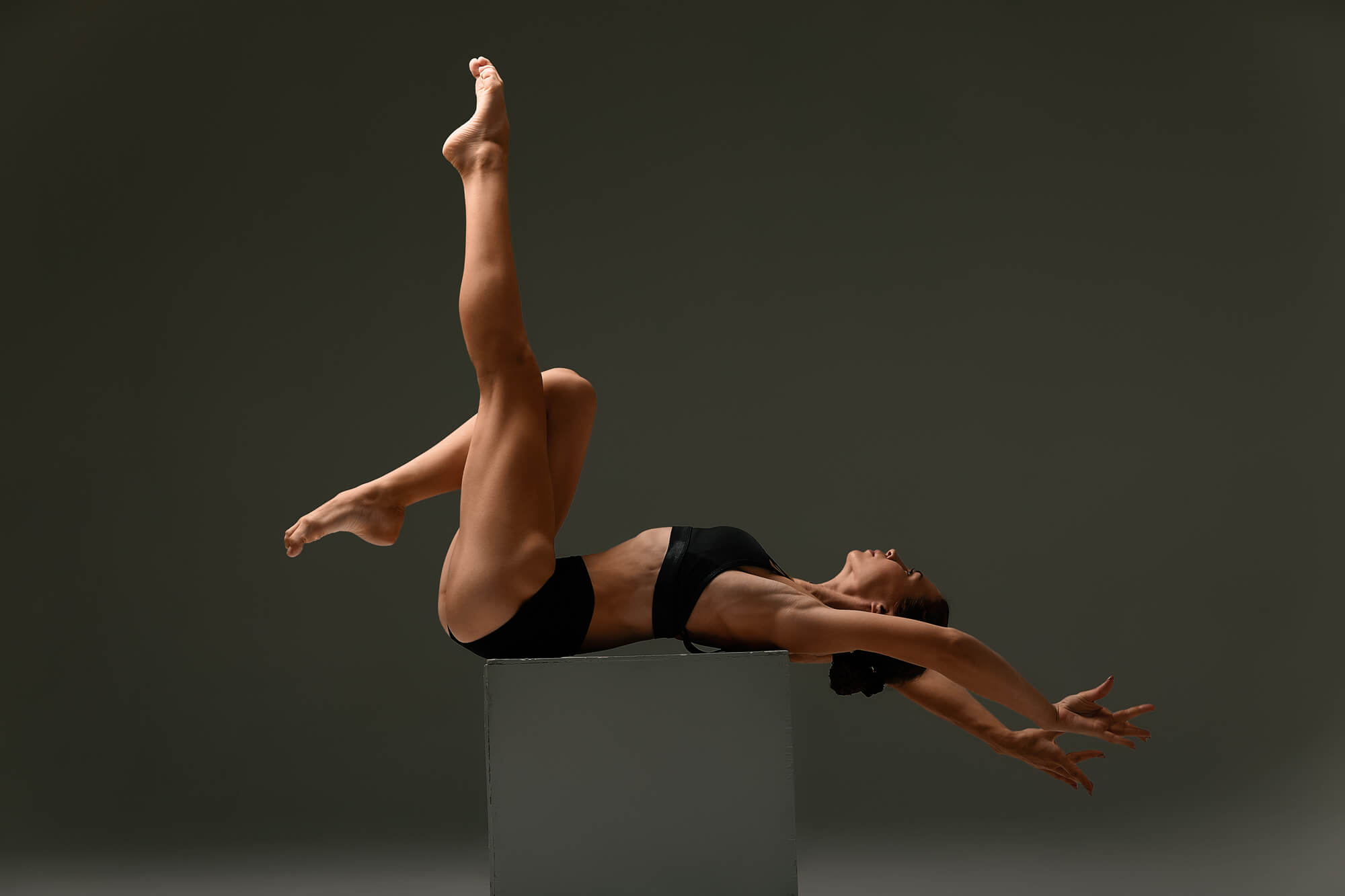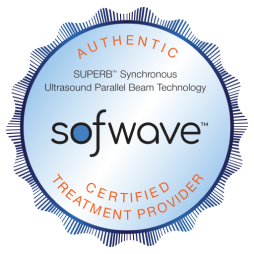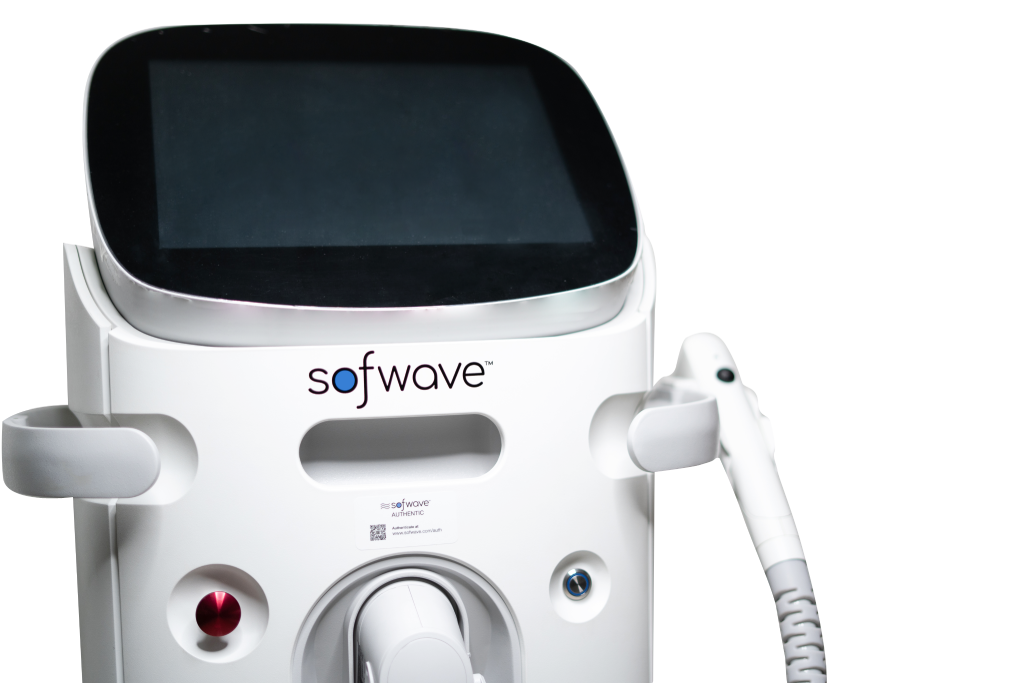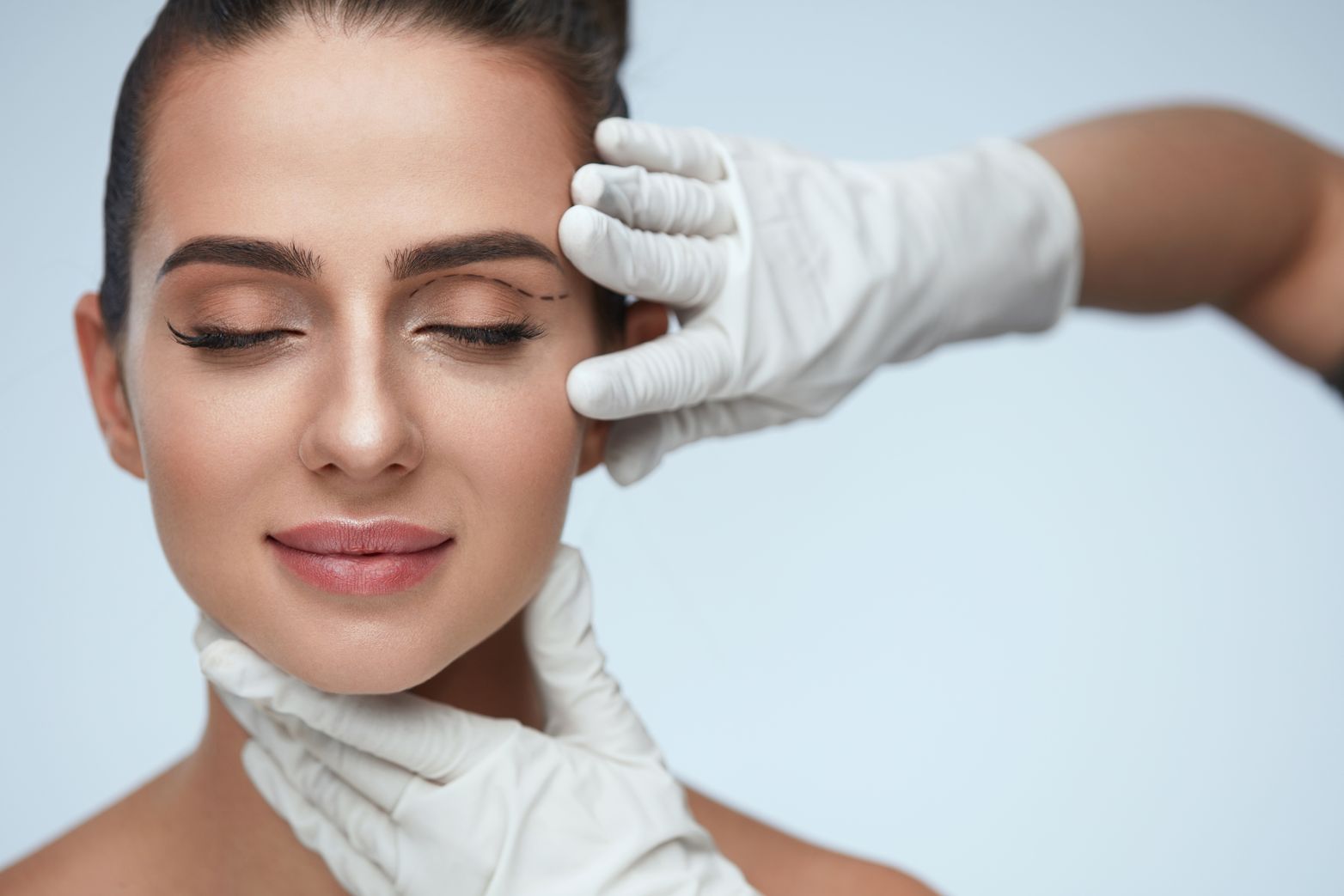
What causes droopy eyelids?
The levator palpebrae superioris and Mullers muscle are responsible for lifting the upper eyelid. When this muscle is weakened in any way, the eyelid cannot open as wide resulting in a droopy appearance and overall tired look.
What is the medical term for “droopy eyelids”?
Drooping anywhere on the body is known as ptosis, which comes from the Greek word for “falling.” When this drooping occurs in the eyelid, the Greek word for “eyelid” is combined with ptosis to become blepharoptosis.
At what age are people affected by drooping eyelids?
Droopy eyelids can occur at any age. Some people are born with droopy eyelids which is called congenital ptosis and is rare. When droopy eyelids appear in adults, the condition is known as acquired ptosis.
How does aging cause eyelids to droop?
As part of the aging process, skin loses collagen and elasticity, and muscles weaken. The combination of a stretched out, weakened levator muscle and excess lax upper eyelid skin weigh down the eyelid and obstruct field of vision.
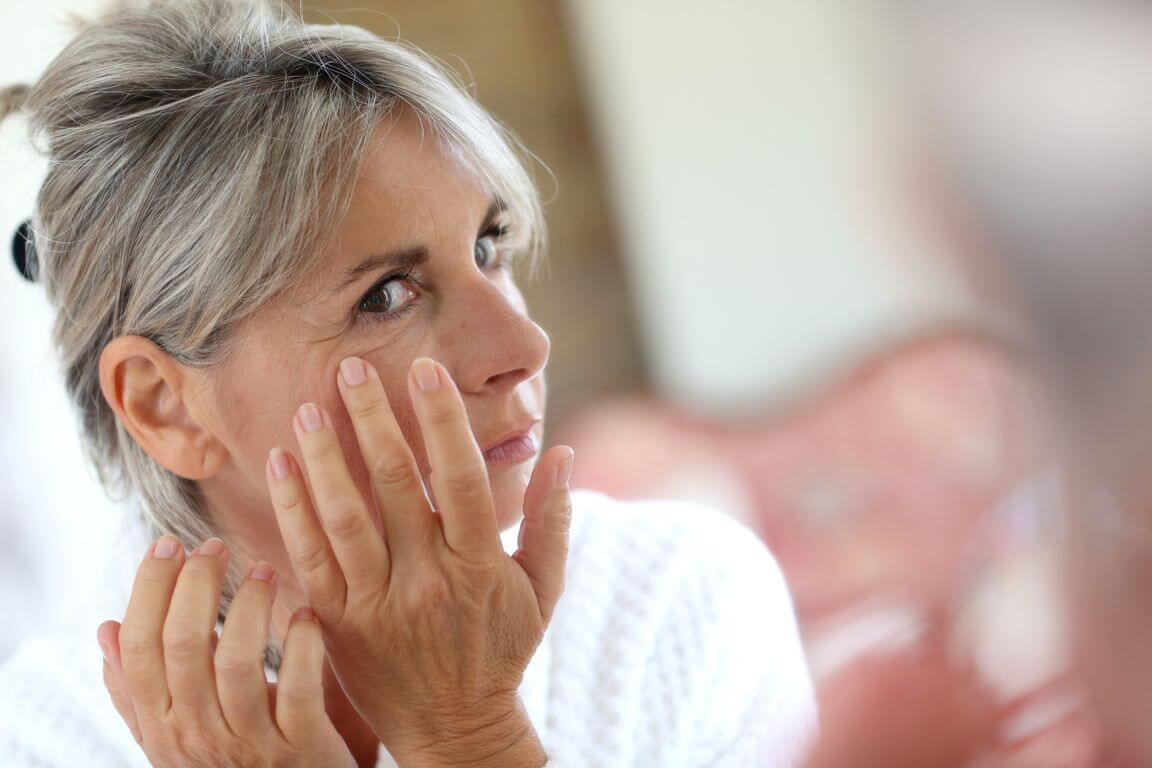
Are there other causes of droopy eyelids?
In addition to the natural aging process, lack of sleep and fatigue can cause droopy eyelids. There are also medical causes of ptosis such as a stroke, brain tumor, cancer, or myasthenia gravis. These conditions affect the nerves or muscles of the upper eyelid and result in drooping.
What is myasthenia gravis?
Myasthenia gravis is an acquired autoimmune neuromuscular disorder that causes generalized muscle weakness that worsens with activity and improves with rest. The muscle weakness is often most notable with eye movements. There is no known cure for this disorder, but there are medications that can help with the symptoms.
What are ptosis symptoms?
Ptosis symptoms include the sagging of one or both upper eyelids and can also involve an altered field of vision, extremely dry or watery eyes, eyestrain, headaches, and fatigue.
What if droopy eyelids appear suddenly?
If the eyelid drooping is severe or comes on suddenly, it may be a result of improper Botox injections, injury, or disease. Inflammation and swelling of the eyelid, such as from too much sun exposure, can also cause droopy eyelids.
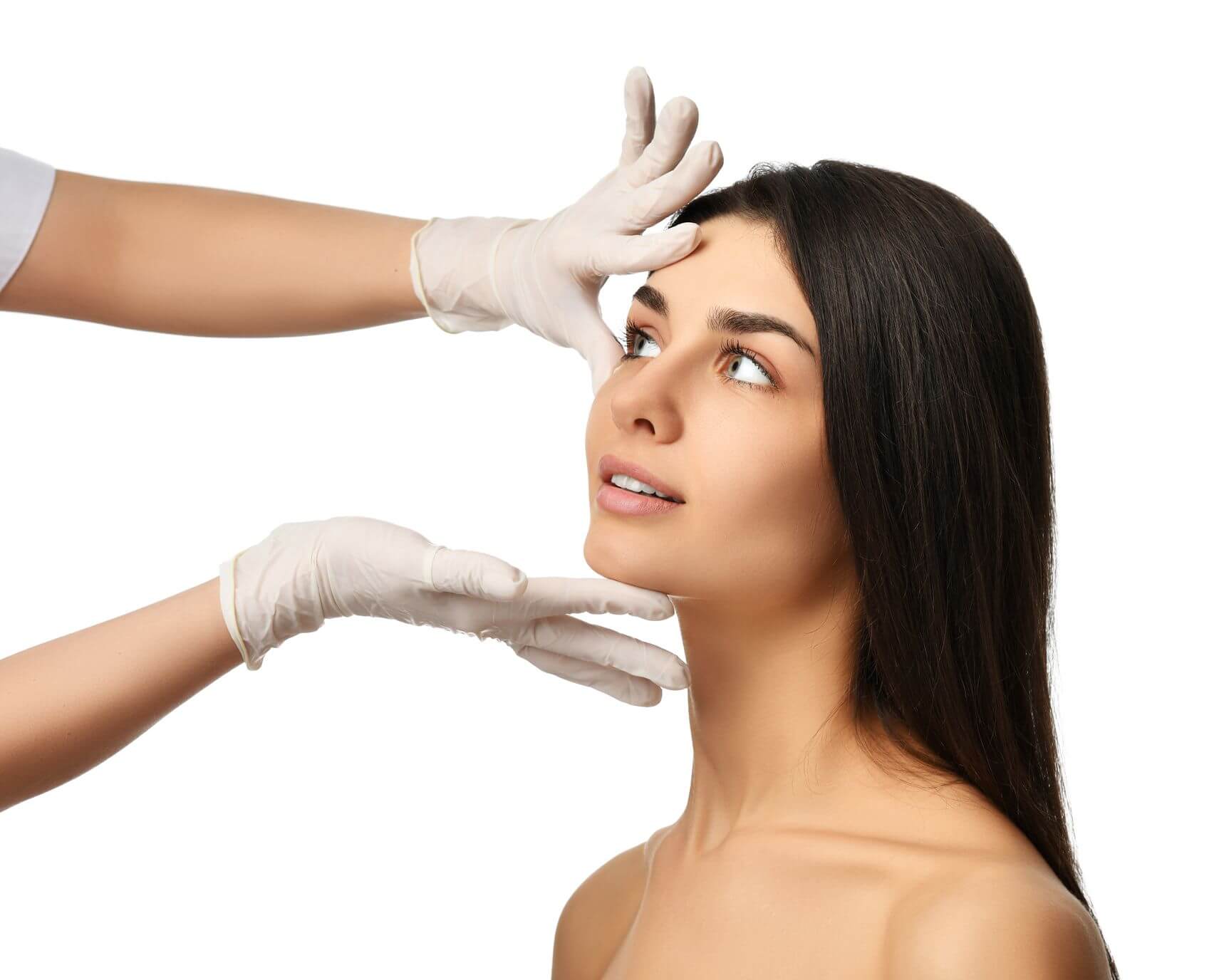
How can you fix droopy eyelids?
Droopy eyelids can be treated with surgery and more recently eye drops called Upneeq. While mild ptosis may not be noticeable or cause vision problems, it can make you look tired. Severe ptosis can impair field of vision and surgical intervention is often necessary for optimal treatment. Oculoplastic surgeon specialists can recommend the appropriate treatment.
What are the most common surgical treatment options?
Options to eliminate droopy eyelids can include a combination of the following procedures:
- Blepharoplasty – An eyelid surgery that removes excess skin on the upper eyelids.
- Brow lift – a forehead surgery that lifts the tissue of the forehead which in turn lifts the brows and upper eyelid skin.
- Blepharoptosis repair – An eyelid surgery that tightens the eyelid-lifting muscle, the levator palpebrae superioris, through an incision in the upper eyelid.
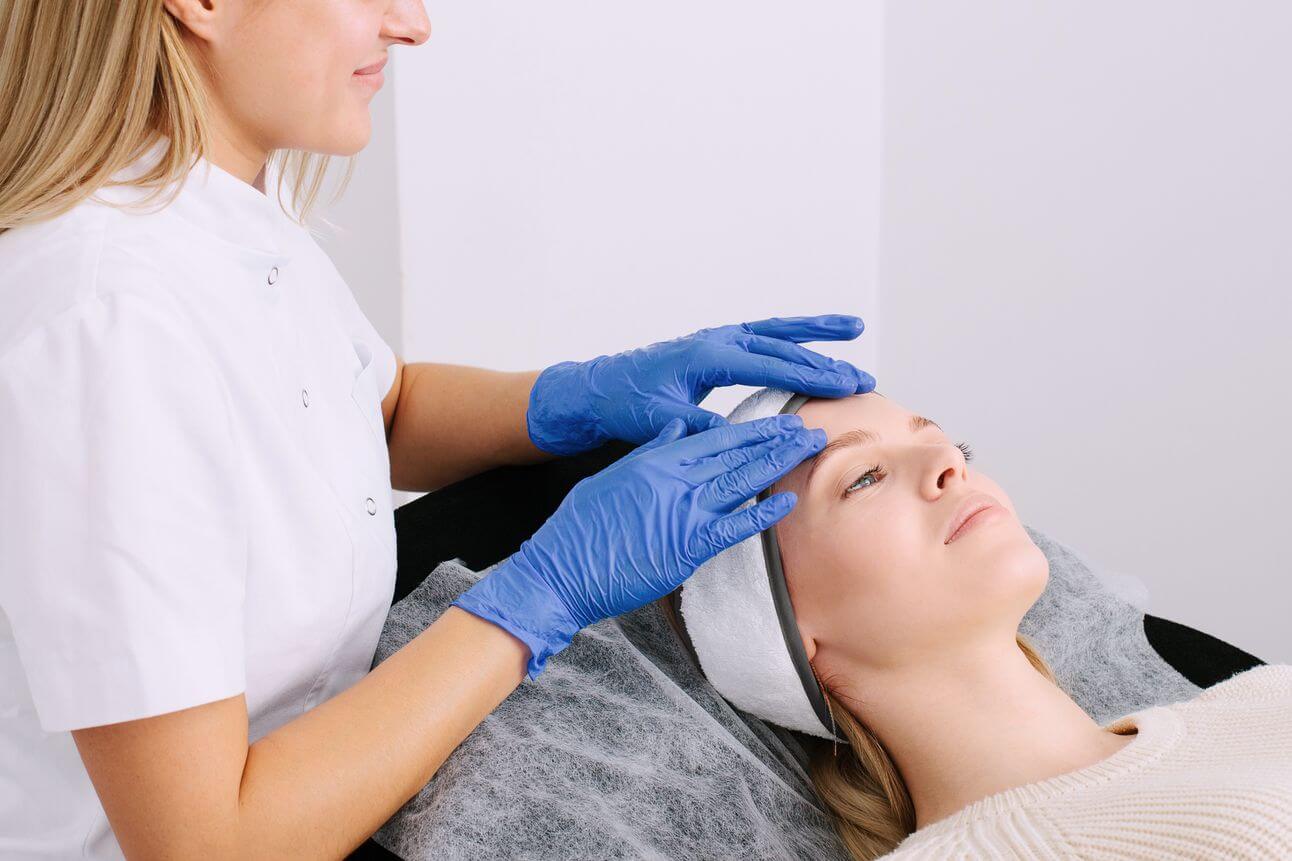
What are the different brow lift procedures?
A minor brow lift treatment can be performed in the office under local anesthesia while a more extensive brow lift surgery requires intravenous sedation at an ambulatory surgery center. Three of the most common brow lift procedures include:
- Direct brow lift – An incision is made just above the eyebrow or is camouflaged within existing forehead wrinkles. This procedure allows for precise repositioning of the brow and is best suited in cases of unilateral brow ptosis.
- Endoscopic brow lift – Small incisions are made in the scalp and hidden in the hairline. Droopy brows are elevated by lifting forehead and brow skin from the underlying tissues. After the forehead lift, the brows are pulled up and anchored to the underlying bone before the incisions are closed.
- Temporal brow lift – One small incision is made on each side of the scalp, hidden behind the hairline. This procedure only lifts the outside edge of the brow.
Who is most likely to develop eye ptosis?
Adults with excess skin on their upper eyelids and a family history of ptosis are most at risk for droopy upper eyelids and brows. Diabetes, neurological disorders, sleep apnea, and chronic eye rubbing also increase the risk of developing ptosis.
What are the complications of droopy eyelids?
If a droopy upper eyelid is left untreated, vision problems may result from the weight of the extra skin. Vision problems can include amblyopia in young patients (lazy eye), which occurs when eyelid ptosis affects only one eye, causing the brain to turn off signals from the weaker eye and rely only on the stronger eye.
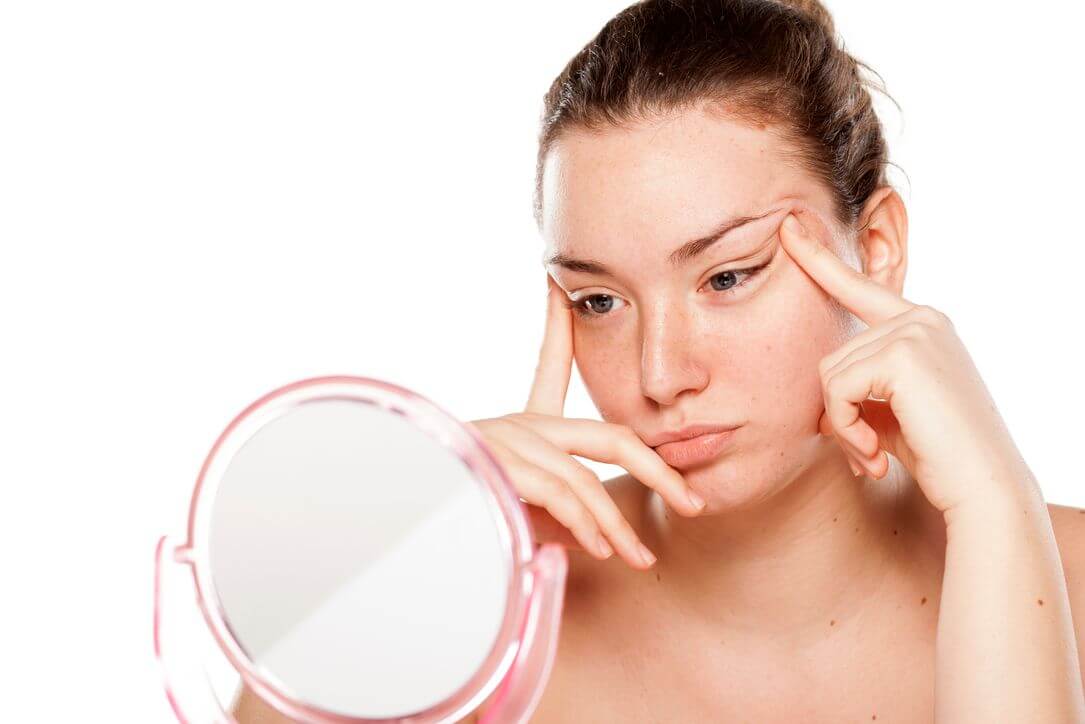
Severe eyelid ptosis can affect your appearance and visual field. Lazy eye symptoms include:
- Eyes that appear not to work together
- Droop in one or both eyelids
- Poor depth perception
- Squinting or head tilting
- Abnormal results of vision screening tests
What is a non-surgical solution for droopy eyelids?
Sofwave™ Synchronous Ultrasound Parallel Beam (SUPERB™) technology lifts your eyebrows without requiring surgery and minimal down time (can’t really say no prolonged healing time when it takes 3 months to see the result). Patients experience minimal discomfort that is very short lived during Sofwave™ treatments.
This innovative technology requires no needles, no incisions, and topical anesthesia to eliminate droopy eyelids. The is goal of this article (lids or brow) – leaving your hairline and forehead unchanged (also need to fix, I did see texture and skin quality improvement in my forehead), with no scars from surgery and no danger to your eyelid muscles or eye socket.
Is Sofwave™ procedure safe?
Sofwave™ SUPERB™ technology is cleared by the U.S. Food and Drug Administration (FDA) for non-surgical eyebrow lifts, minimization of facial lines and wrinkles, and lifting of lax skin of submental and neck tissues. The Sofwave™ process penetrates the skin at a controlled depth, and the system’s Sofcool™ cooling mechanism protects skin from burning – thus ensuring safety.
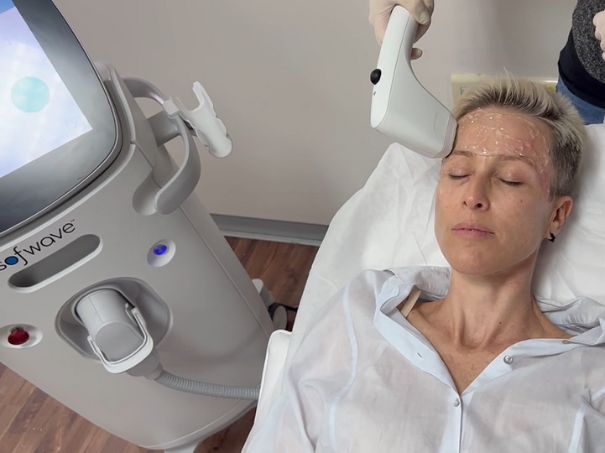
What do patients feel during these treatments?
As the Sofwave™ ultrasound energy is delivered, patients may feel warmness of the skin. Following this 45-minute treatment, patients can immediately resume their activities.
We have seen a successful eyebrow lift and the elimination of eyelid droop after just one or two Sofwave™ treatments.
How soon can results be seen?
The collagen regeneration process can take up to 12 weeks. Results can be seen as soon as one week after treatment, with improvements continuing for up to three months after treatment.
Why don’t you schedule a Sofwave™ appointment today?
Elle magazine’s 2021 Future of Beauty Awards honored Sofwave™ technology in its “In-Office Skin Treatment” category as one of the best in the world in providing patients a younger appearance.
For more information on how you can receive a non-surgical Sofwave™ eyebrow lift, please go to Sofwave™’s Providers List and find a provider near you!
References:
- “Brow Lift: What Causes Droopy Eyebrows?,” Dr. Houtan Chaboki, Potomac Plastic Surgery, https://www.potomacplasticsurgery.com/blog/brow-lift-what-causes-droopy-eyebrows/
- "Drooping Brows: You Have Lots of Options – Which One is Right for You?," Dr. Matheson Harris, Harris Eyelid and Facial Plastic Surgery, https://utahoc.com/drooping-brows-you-have-lots-of-options-which-one-is-right-for-you/
- “Ptosis (Drooping Brows or Upper Eyelids),” Oasis Eye Face and Skin, https://www.oasiseye.com/ptosis/
- “What Is Ptosis?,” Medically Reviewed by Whitney Seltman, OD, WebMD, https://www.webmd.com/eye-health/ptosis
- “7 Common Causes for Having Droopy Eyelids and Their Treatment,” Kristina Klein, https://www.eyelidslift.com/blog/7-common-facts-for-droopy-eyelids/
- “Ptosis: Droopy Eyelid Causes and Treatment,” Healthline, https://www.healthline.com/health/eyelid-drooping
- “Myasthenia Gravis (Ocular) — What You Should Know,” Michael Garin, OD, Eye Health Web, https://www.eyehealthweb.com/myasthenia-gravis/#:~:text=With%20ocular%20myasthenia%20gravis%2C%20the%20symptoms%20typically%20include,by%20an%20ophthalmologist%20or%20other%20eye%20care%20professional
- “Blepharoplasty,” Mayo Clinic, https://www.mayoclinic.org/tests-procedures/blepharoplasty/about/pac-20385174
- “Direct Brow Lift,” Damir Matic and John Yoo, AO Surgery Reference, https://surgeryreference.aofoundation.org/cmf/reconstruction/facial-nerve/irreversible-paralysis-eye-complex/direct-brow-lift
- “What Is Endoscopic Brow Lift Surgery?,” Dr. Rohini Radhakrishnan, Medicine Net, https://www.medicinenet.com/what_is_endoscopic_brow_lift_surgery/article.htm
- “Temporal Brow Lift Surgery – Procedure, Recovery, Pros & Cons, Before-After & More,” Kristina Klein, https://www.eyelidslift.com/blog/learn-all-about-temporal-browlift-surgery/
- “Brow Lift Guide,” American Board of Cosmetic Surgery, https://www.americanboardcosmeticsurgery.org/procedure-learning-center/face/brow-lift-guide/
- “Sofwave™ FAQs,” Sofwave.com, https://sofwave.com/patients/faq/

